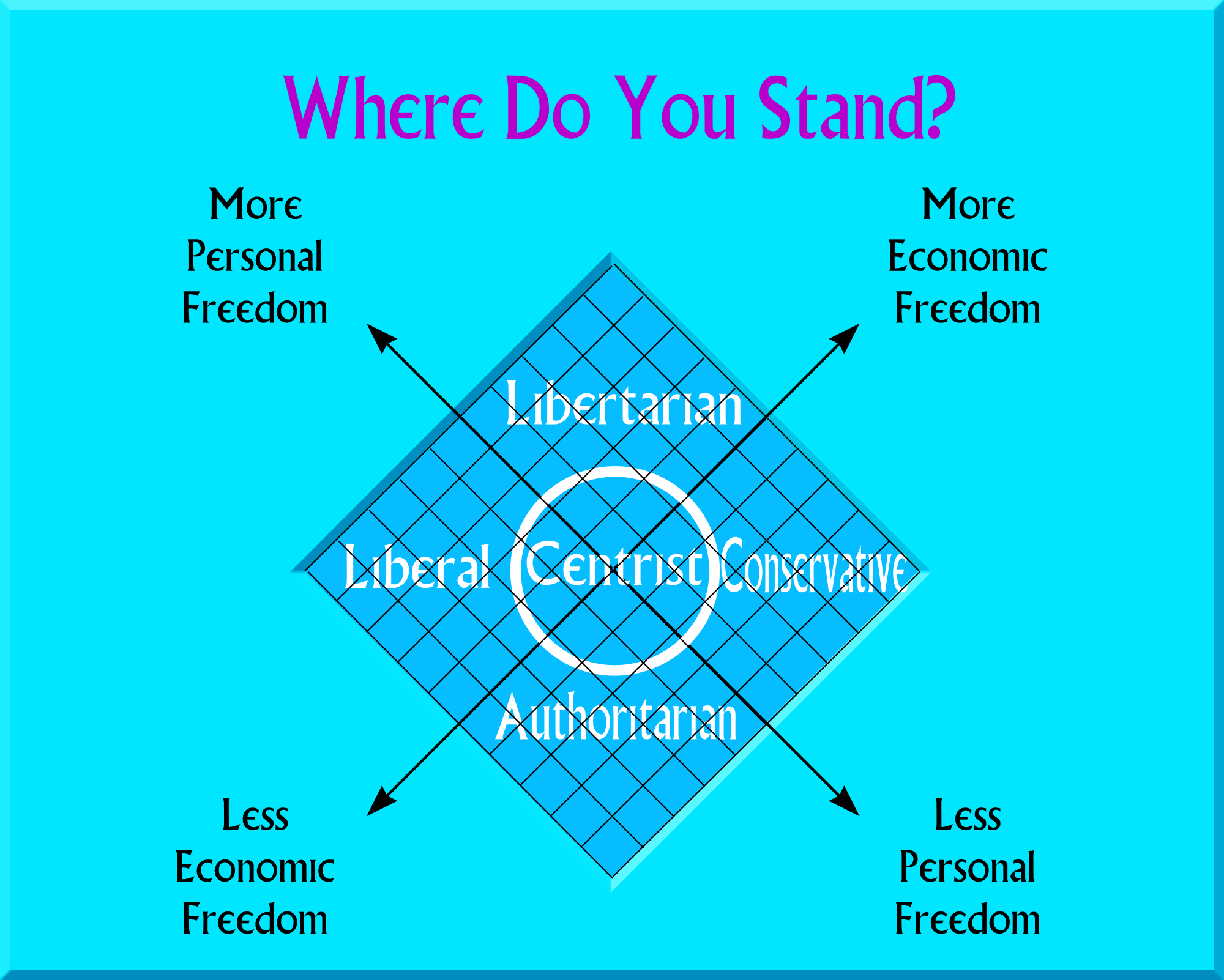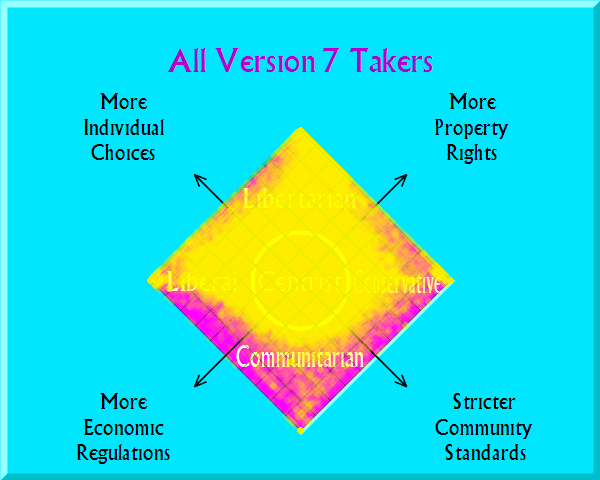Two new Democrats have entered the race — Michael Bloomberg and Deval Patrick. And several have left. I need to reset the database again.
But before I do, here is the count between now and the last reset. In this count there has been a flood of traffic from Daily Kos. It appears that the Kossacks really like Elizabeth Warren. (I wonder if they read her book promoting stay-at-home motherhood…)
Plurality Vote Count
Plurality vote totals:
| Candidate | Number of Votes |
|---|---|
| Michael Bennet | 0 |
| Joe Biden | 4 |
| Cory Booker | 2 |
| Steve Bullock | 0 |
| Pete Buttigieg | 9 |
| Julian Castro | 1 |
| John Delaney | 0 |
| Tulsi Gabbard | 4 |
| Kamala Harris | 4 |
| Amy Klobuchar | 1 |
| Wayne Messam | 0 |
| Beto O’Rourke | 1 |
| Tim Ryan | 0 |
| Bernie Sanders | 11 |
| Joe Sestak | 0 |
| Tom Steyer | 0 |
| Elizabeth Warren | 32 |
| Marianne Williamson | 0 |
| Andrew Yang | 6 |
| TOTAL: | 75 |
The winner is Elizabeth Warren with 42.7% of the vote
Approval Vote Count
Approval vote totals:
| Candidate | Number of Votes |
|---|---|
| Michael Bennet | 7 |
| Joe Biden | 29 |
| Cory Booker | 36 |
| Steve Bullock | 3 |
| Pete Buttigieg | 33 |
| Julian Castro | 32 |
| John Delaney | 3 |
| Tulsi Gabbard | 15 |
| Kamala Harris | 37 |
| Amy Klobuchar | 24 |
| Wayne Messam | 1 |
| Beto O’Rourke | 18 |
| Tim Ryan | 0 |
| Bernie Sanders | 42 |
| Joe Sestak | 3 |
| Tom Steyer | 6 |
| Elizabeth Warren | 55 |
| Marianne Williamson | 8 |
| Andrew Yang | 21 |
| Ballots Cast: | 75 |
The winner is Elizabeth Warren with 73.3% of the vote
Range Count
| Candidate | Number of Stars |
|---|---|
| Michael Bennet | 148 |
| Joe Biden | 320 |
| Cory Booker | 329 |
| Steve Bullock | 127 |
| Pete Buttigieg | 385 |
| Julian Castro | 322 |
| John Delaney | 101 |
| Tulsi Gabbard | 146 |
| Kamala Harris | 372 |
| Amy Klobuchar | 292 |
| Wayne Messam | 70 |
| Beto O’Rourke | 282 |
| Tim Ryan | 97 |
| Bernie Sanders | 468 |
| Joe Sestak | 85 |
| Tom Steyer | 138 |
| Elizabeth Warren | 562 |
| Marianne Williamson | 114 |
| Andrew Yang | 288 |
And the winner is: Elizabeth Warren
Instant Runoff (Ranked Choice) Counts
Instant Runoff required 6 rounds:
Round 1:
| Michael Bennet | 0 |
| Joe Biden | 3 |
| Cory Booker | 2 |
| Steve Bullock | 0 |
| Pete Buttigieg | 9 |
| Julian Castro | 1 |
| John Delaney | 0 |
| Tulsi Gabbard | 3 |
| Kamala Harris | 4 |
| Amy Klobuchar | 1 |
| Wayne Messam | 0 |
| Beto O’Rourke | 2 |
| Tim Ryan | 0 |
| Bernie Sanders | 13 |
| Joe Sestak | 0 |
| Tom Steyer | 1 |
| Elizabeth Warren | 29 |
| Marianne Williamson | 0 |
| Andrew Yang | 7 |
Eliminated in this round:
- Michael Bennet
- Steve Bullock
- John Delaney
- Wayne Messam
- Tim Ryan
- Joe Sestak
- Marianne Williamson
- Julian Castro
- Amy Klobuchar
- Tom Steyer
Round 2:
| Joe Biden | 3 |
| Cory Booker | 2 |
| Pete Buttigieg | 9 |
| Tulsi Gabbard | 3 |
| Kamala Harris | 5 |
| Beto O’Rourke | 2 |
| Bernie Sanders | 13 |
| Elizabeth Warren | 31 |
| Andrew Yang | 7 |
Eliminated in this round:
- Cory Booker
- Beto O’Rourke
Round 3:
| Joe Biden | 4 |
| Pete Buttigieg | 9 |
| Tulsi Gabbard | 3 |
| Kamala Harris | 7 |
| Bernie Sanders | 13 |
| Elizabeth Warren | 32 |
| Andrew Yang | 7 |
Tulsi Gabbard eliminated in this round.
Round 4:
| Joe Biden | 4 |
| Pete Buttigieg | 9 |
| Kamala Harris | 7 |
| Bernie Sanders | 16 |
| Elizabeth Warren | 32 |
| Andrew Yang | 7 |
Joe Biden eliminated in this round.
Round 5:
| Pete Buttigieg | 10 |
| Kamala Harris | 7 |
| Bernie Sanders | 16 |
| Elizabeth Warren | 35 |
| Andrew Yang | 7 |
Eliminated in this round:
- Kamala Harris
- Andrew Yang
Round 6:
| Pete Buttigieg | 13 |
| Bernie Sanders | 20 |
| Elizabeth Warren | 42 |
And the winner is: Elizabeth Warren
Range with Runoff Count
First Round:
For the first round, we count just as in Range Voting, but we are interested in the top two candidates. If there is a tie for second place in this round, then we take the top candidate and all second place candidates to the second round.
| Candidate | Number of Stars |
|---|---|
| Michael Bennet | 153 |
| Joe Biden | 318 |
| Cory Booker | 339 |
| Steve Bullock | 130 |
| Pete Buttigieg | 394 |
| Julian Castro | 336 |
| John Delaney | 97 |
| Tulsi Gabbard | 147 |
| Kamala Harris | 386 |
| Amy Klobuchar | 289 |
| Wayne Messam | 71 |
| Beto O’Rourke | 282 |
| Tim Ryan | 99 |
| Bernie Sanders | 470 |
| Joe Sestak | 88 |
| Tom Steyer | 140 |
| Elizabeth Warren | 568 |
| Marianne Williamson | 119 |
| Andrew Yang | 296 |
The following candidates make it to Round 2:
- Elizabeth Warren
- Bernie Sanders
Second Round:
Here are the vote counts for the second round. A candidate gets a vote if he/she has the highest number of stars in the truncated ballot. If multiple candidates get the same, highest, star count, then multiple candidates get a vote. In this sense, the second round is somewhere between Plurality and Approval.
| Candidate | Votes |
|---|---|
| Elizabeth Warren | 54 |
| Bernie Sanders | 30 |
And the winner is: Elizabeth Warren



